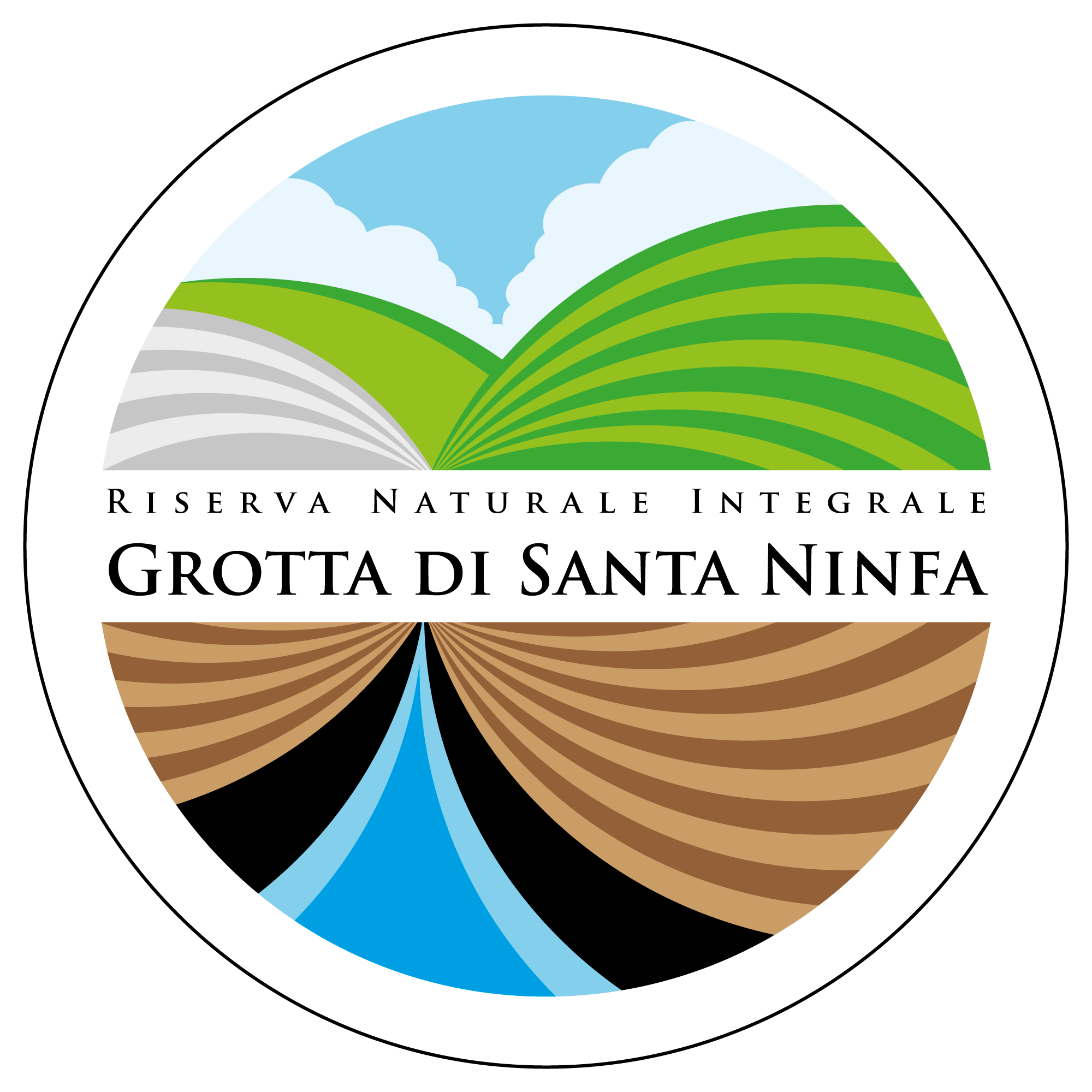
The phenomenon of karst. The small epigean karst form.
Karst micro-landscapes.
Rainwater, hitting and digging on the chalky rocks, sculpts and models small and suggestive sculptures in different shapes, with dimension between few millimeters and some meters: they are “Karren”.
The karren’s shape are very different depending on how water digging on the rocks, the type of chalky, slope and length of the side, the presence of the soil.
Rain pits – The raindrops hit the chalky rock and dissolve it, creating little pits (1-3 cm of diameter) divided by pointed ridges. They are present in the alabaster, balatine and detrital gypsum with fine grain.
Rills – Little streams born on the rocks, and thanks to gravity they create little runnels (large 1-2 cm, deep till 1 cm), divided by pointed ridges. They are present in the alabaster, balatine and detrital gypsum with fine grain.
Runnels – Water can create little streams that dissolve the rock, giving origin to some straight runnels (solchi a doccia) or sinuous runnels (solchi meandriformi), large and deep some centimeters and length many meters. They are more diffused in the selenitic gypsum.
Candle – They born along steep slopes or vertical shafts because of flow full of water with elevated energy; they can be about 30 meters deep.
Draining bubbles – On the gypsum without soil coverage, following the alternation of many raining, hot and dry period, born little swelling on the surface of chalky rock. They usually born on the selenitic gypsum.
Covered karren – Larger and blunter grooves born when chalky rocks are covered by a layer of soil that has a protective action. The water reaches the rocks slowly and dissolves it less intensely. If the soil is enough permeable and in the rocks there are big breaks, water could slowly enlarge them, building some reliefs tall until some meters, called “pinnacles”.
Coastal karren – Even sea waves’ action, with spray and undertow, can originate spectaculars karrens.
